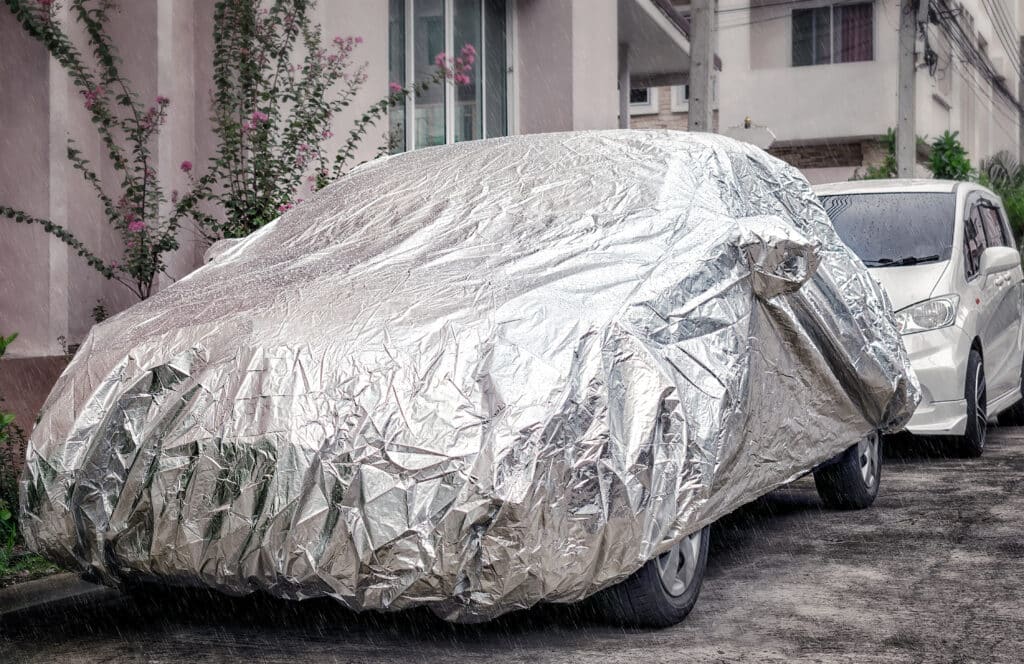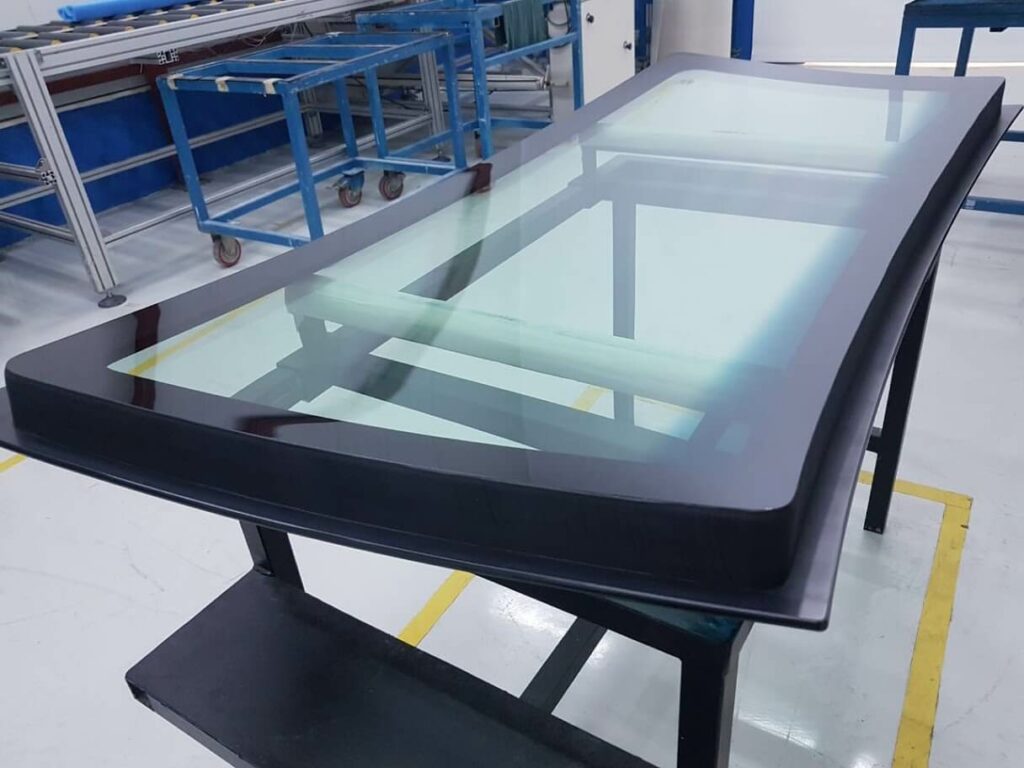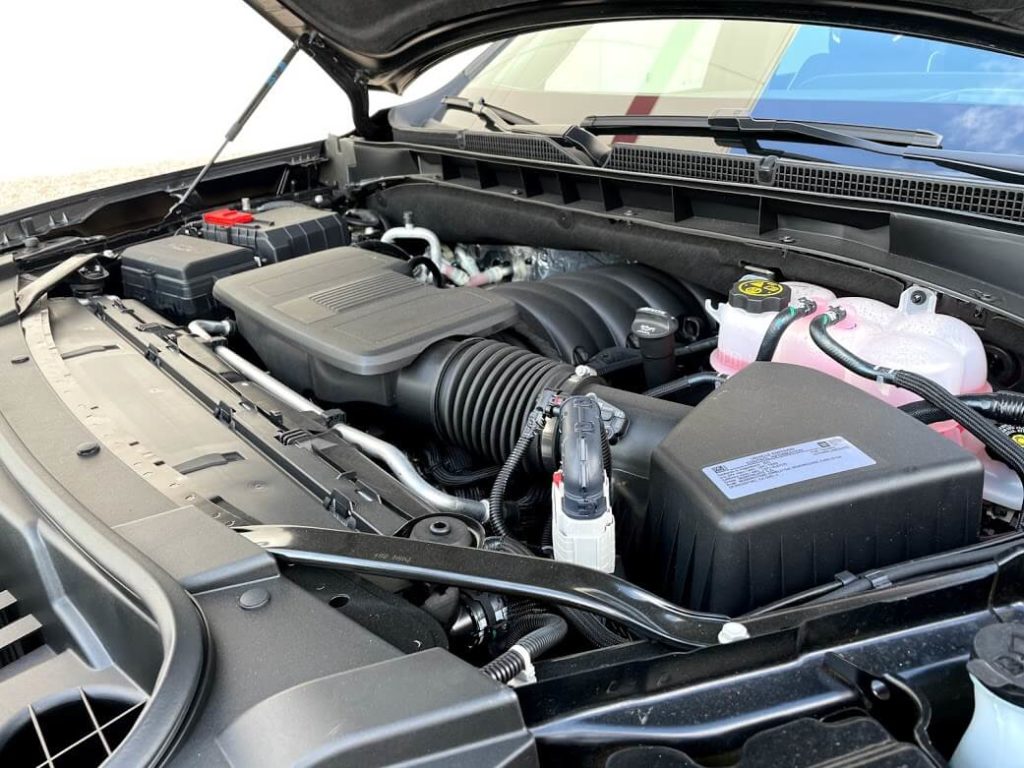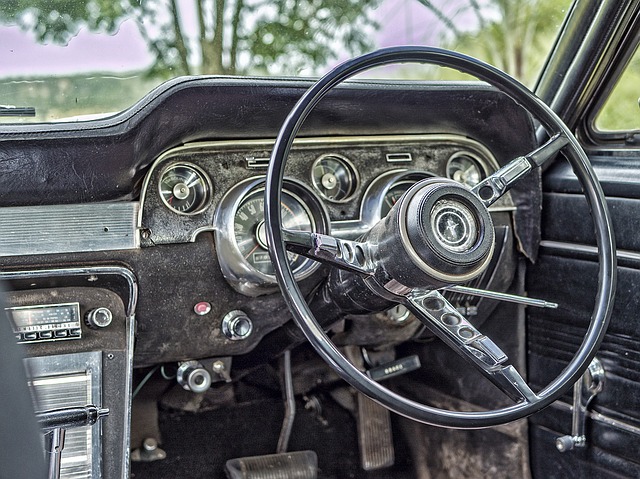As the season shifts throughout the year, your car endures the continuous weather changes. And this is especially true when it’s under constant exposure to the elements. Rain, snow, humidity, and even strong wind can damage your car over time. Therefore, it’s crucial that you weather-proof your vehicle properly.
If you already stayed in your current home for more than a year, you must be already familiar with the climate in your area. Remember that your knowledge of the local weather patterns is crucial to determine what type of weather-proofing your car needs.
Improperly using the wrong protection equates to wasted money and a damaged car. And the damage also results in further expenses from sending your vehicle for a cracked paint job or hail damage repair.
To ensure that you get the job done correctly to protect your beloved ride, here are some tips you may want to follow, especially if you have nasty winter weather in your region.
1. Use A Car Cover
For those who don’t have access to a sheltered parking space, getting a car cover is a must. A good-quality car cover can provide reasonable protection from the sun and other elements. If you don’t, your car will be up for a paint less dent repair service one of these days, especially if you live in Colorado where hail can be as big as a baseball.
A car cover is a thick protective cloth or fabric that acts as the first layer of protection against rain, sunlight, snow, and even hail. Most of these covers are ready to use. Some covers are even inflatable that you can activate remotely.

Be sure to put it over your car every single day that you park it outside. It’s also a good idea to put it on even if your vehicle’s inside the garage.
2. Install Larger Wiper Blades
During winter, poor visibility is a constant issue. With that in mind, you should consider installing large winter wiper blades to improve your view of the road when driving during foggy and snowy nights.
At the same time, don’t forget to replace the wiper fluid according to the season. If it’s winter, be sure to use a cold-weather variant that will not solidify when the temperature drops.
3. Utilize The Proper Variant Of Oil
As the temperatures drop during the winter, oil tends to thicken, and it can overwork your vehicle as it attempts to circulate it. It’s best to double-check your manual to learn more about the recommendations for oil thickness for the current season.
Also, switch to a new filter when changing the oil to ensure a steady and smooth circulation. Doing so will ensure the efficient functioning of the engine even when there are changes to the weather.
4. Protect The Exterior Of Your Vehicle
Over time, constant exposure of your vehicle to warm and cold conditions can lead to the formation of rust or scratches. It’s crucial to note that rust builds up faster during the winter when the roads undergo treatment with salt components.

When you drive through a road with this type of treatment, the salt steadily peels off the paint and starts to corrode the metal. The best way to prevent rust formation in your car is regular washing and polishing, especially after driving. The application of wax serves as an extra layer of protection that prevents salt from seeping into the metal.
The same is applicable for the summer months when your vehicle is under constant exposure to direct sunlight. Prolonged exposure to the sun can cause dullness to the exterior paint. While you don’t need to apply wax after every drive, you still need to apply wax regularly as you can.
5. Use An All-Weather Floor Mat
The best way to ensure protection for your vehicle’s interior is to get an all-weather floor mat and other car protection accessories. Generally, it’s made from a premium type of material that works by effectively trapping water, road salt, sand, and mud. These floor mats will not harden, crack or curl even if they’re subject to below-freezing temperatures. Protect your car floors from rough conditions as well as from typical wear and tear.

Mats and floor liners are the way to go when it comes to comprehensive protection.
6. Warm-up Your Vehicle Properly
During freezing temperatures, keeping the interior of your vehicle warm helps it run optimally. However, you should strike a balance between reaching the right temperatures and wasting some gas and battery when warming your car up.
Here are several ways to optimize the heat during both short and long rides.
- If you’re going to use the defroster, direct the heater vents to the windshield to augment the warm air. The quickly you can thaw the windows, the faster you can convey the warmth toward you.
- During defrosting, switch on the air conditioning so that it functions as a dehumidifier. In newer car models, the air conditioning system automatically switches on in defrost mode.
- For older car models, avoid warming the vehicle by keeping it idle for some time since it’ll waste time and gas.
7. Consider Getting Snow Tires
Over time, constant exposure of your vehicle to warm and cold conditions can lead to the formation of rust or scratches. It’s crucial to note that rust builds up faster during the winter when the roads undergo treatment with salt components.
8. Regular Inspection Of The Battery
If your vehicle’s battery is in bad shape or showing signs of wear, it can ruin your day or put you in danger on the road. The best way to avoid the risk of ending up with a dead car either at home or in the middle of nowhere is to check your battery. Make it a priority to inspect your battery regularly.

Although the indications of corrosion are easy to pinpoint, other issues are not evident. It’s ideal to employ the services of a professional to perform a thorough inspection to find them.
Prepare Your Car by Weatherproofing
The weather changes can put your vehicle under strain, especially if you live in a region prone to blizzards and hailstorms. A cold weather car cover can be a useful addition too.
Before the winter season starts or summer arrives, make it a priority to prepare your car with these weatherproofing tips so that it can withstand the weather effectively and continue to function optimally for years to come.








